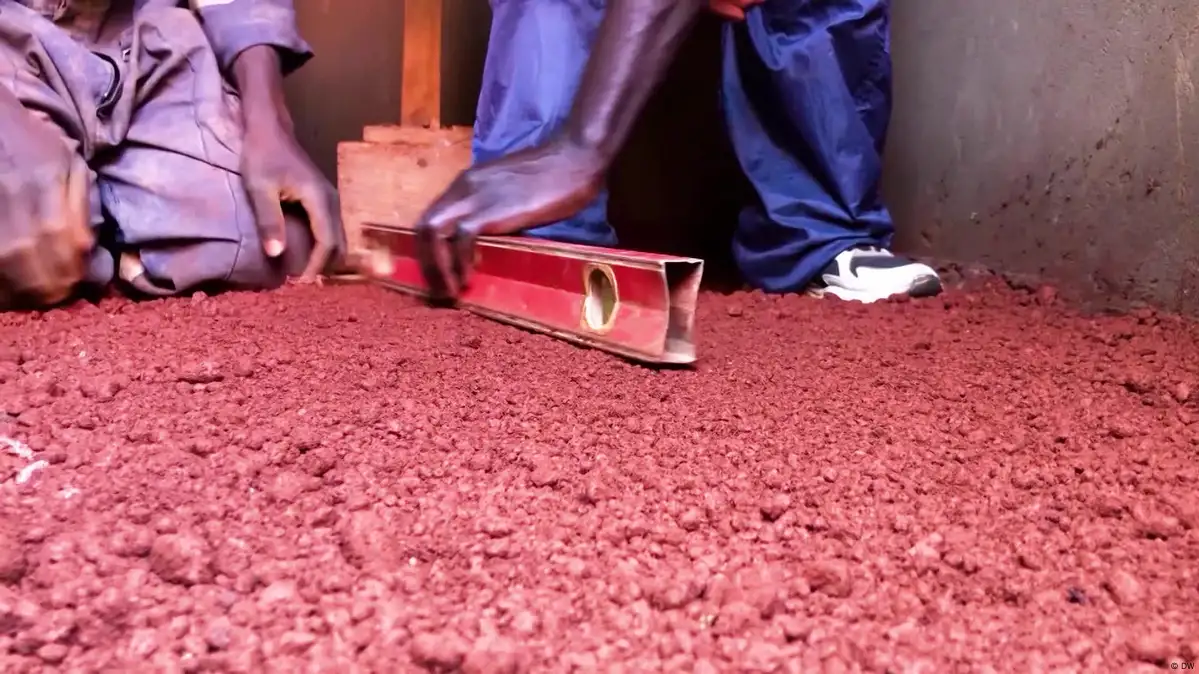In Uganda’sJinja District, 80-year-old Sania Nankwanga has experienced a remarkable transformation in her home, thanks to Earth Enable’s innovative Eco Floor. For years, Sania lived with a bare dusty dirt floor that attracted insects and caused respiratory issues. But today, her new floor is smooth, cool, and clean — offering a healthier environment for her and her grandchildren. Earth Enable, a social enterprise focused on sustainable housing, has developed a low-cost, eco-friendly flooring solution that’s improving lives across the region.
Eco-friendly, affordable, and scalable
The Eco Floor is built using locally sourced materials like murram (a red gravelly soil), clay, sand, and water. After compacting the base layers, a fine screed is applied and sealed with a flax oil-based finish. This method not only creates a hygienic surface but has a much smaller carbon footprintthan cement, which accounts for over 600,000 tons of annual CO2 emissions in Uganda. According to Earth Enable’s sales manager Noeline Muteesi, using natural materials helps cut environmental impact while keeping costs low — the price is about 70% cheaper than cement floors. With over 5,000 installations already completed, the Eco Floor is gaining traction as a sustainable alternative for low-income households.
Can the eco floor trend catch on in urban Uganda?
The success of Earth Enable’s Eco Floor raises an important question: can this solution be scaled to serve mid-income families and urban developments? Experts like Andrew Amara from the Green Building Council of Uganda believe the potential is enormous, especially as urban construction surges. If adopted more widely, the Eco Floor could redefine affordable housing standards across the country — creating cleaner air, fewer health risks, and a greener future for thousands more Ugandans. For Sania Nankwanga, the change is already real: “Now there are no more parasites… and the air we’re breathing is a lot fresher.”
